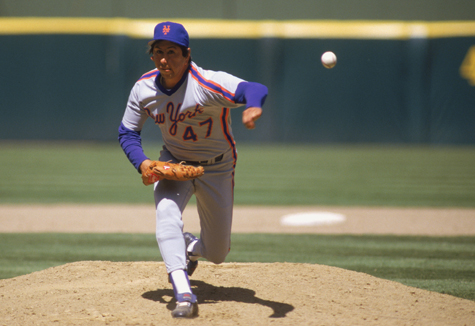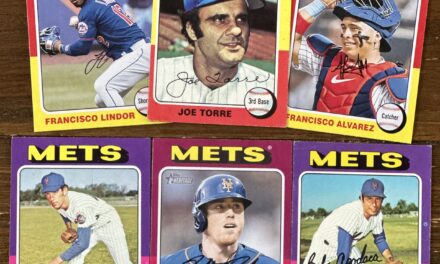
There are two extraordinary connections which tie the 1969 and 1986 World Series together. One is Davey Johnson, the manager of the ’86 Mets, making the final out as a member of the Baltimore Orioles in ’69. The other centers around the pitchers who were on the mound at end of each series.
Jerry Koosman‘s 11 years with the Mets firmly established him as the best left-hander in franchise history. He finished with a 113 ERA+ along with 140 victories — highlighted by 20 in 1976. He was especially superb in big games, never losing a postseason start and helping to lead the Mets to their first championship with a complete game performance against Baltimore.
But by 1978, all other links to that title had vanished — Tom Seaver foremost among them. The Mets had fallen on hard times, and Koosman preferred to play closer to his home in Minnesota. Wish granted. At age 35, he was sent to the Twins. In return, the Mets got minor leaguer Greg Field and a player to be named later.
That player was named two months later. And it turned out to be one of their greatest relievers: Jesse Orosco. Less than eight years after joining the Mets, Orosco and Koosman would be linked beyond this trade.
Orosco was center stage for both climactic moments in 1986. First, closing out the 16-inning epic to eliminate the Houston Astros in the 1986 NLCS — fanning Kevin Bass with the winning run aboard. Then, the strikeout of Marty Barrett to cap a dramatic seven-game triumph over Boston in the World Series.
He left New York after the 1987 season having tallied 107 saves and posting a 2.73 ERA to continue a remarkable baseball journey. Setting a major league record for appearances, he would pitch for eight more teams over the next 16 years. Ironically, his last MLB appearance came with the Twins in 2003.
Koosman would once again reach the 20-win plateau in his debut season with Minnesota before wrapping up his 19 years with the Chicago White Sox and Philadelphia Phillies — collecting 222 wins in all. But his career is always defined by his accomplishments as a Met, underscored by the team retiring his No. 36 in August.















